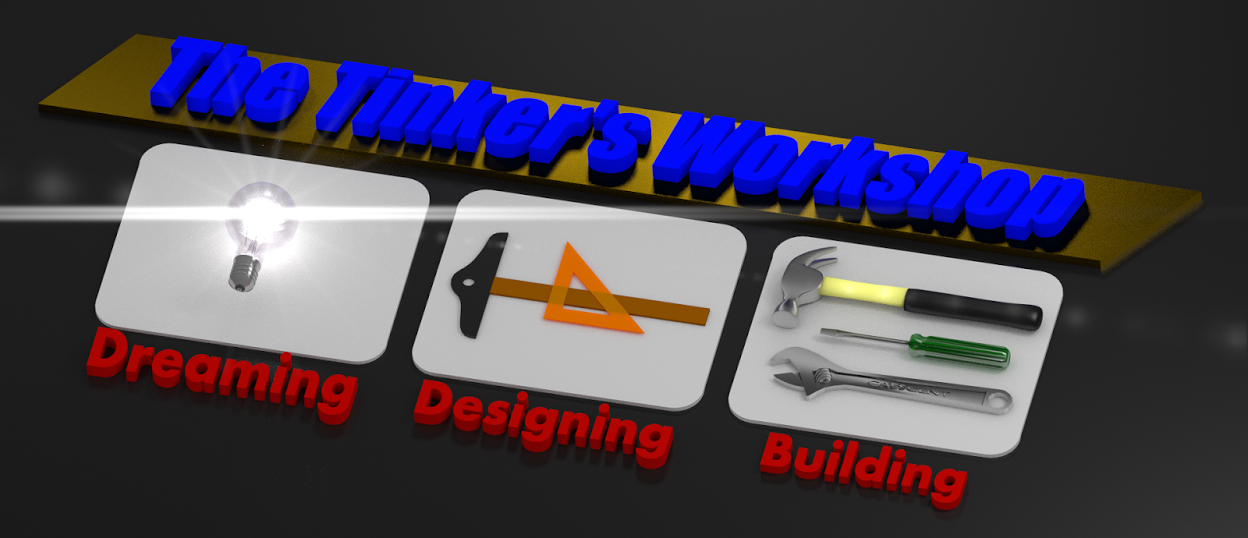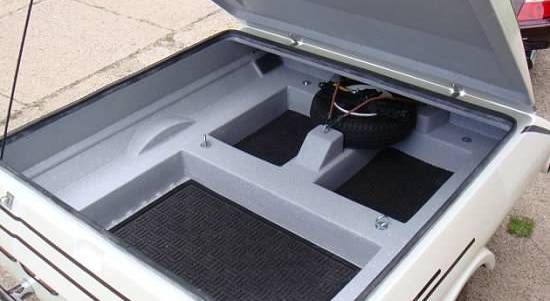For some time now I have been asked by a lot of people here on the blog as well as out in the real world the question "What is a 3D printer?" For me to answer that question has become routine and quite simple to explain what it is and what it can do. This is obvious of course if you have been following my blog here over the past year or so. I am fortunate enough to be able to own one of these beautiful machines and am capable of creating pretty much anything I can dream up. Case in point is one of the last projects I posted of my 1/6th scale electric car model complete with full suspension, rack and pinion steering, disk brakes and even folding seats. This has been received very well by the 3D printing community from around the world and it was a lot of fun designing and creating it using my Makerbot Replicator 3D printer.
This being said I currently am working on another new project that I will post when I get farther along with it and an idea popped into my head yesterday while printing part for this project. I quickly pulled out my trusty iPad and shot video of ten parts being made all at the same time on my 3D printer. I thought it would be of interest to anyone who wanted to see this machine actually make some parts. I shot enough video to put together a two minute mini show that I edited on my iPad as well. Complete with titles and a music background. Now when someone asks you if you know what a 3D printer is you can say "Yes I do and I even have seen one print parts!" So enjoy the video I put together and let everyone know that you learned something new today.
This being said I currently am working on another new project that I will post when I get farther along with it and an idea popped into my head yesterday while printing part for this project. I quickly pulled out my trusty iPad and shot video of ten parts being made all at the same time on my 3D printer. I thought it would be of interest to anyone who wanted to see this machine actually make some parts. I shot enough video to put together a two minute mini show that I edited on my iPad as well. Complete with titles and a music background. Now when someone asks you if you know what a 3D printer is you can say "Yes I do and I even have seen one print parts!" So enjoy the video I put together and let everyone know that you learned something new today.
Click the YouTube button for a bigger view of the video.





































